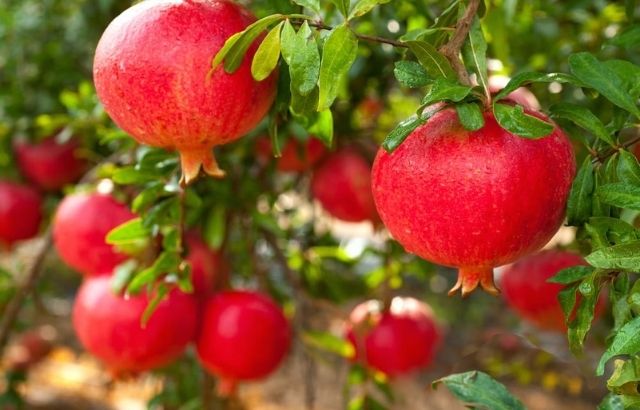Chrysanthemums, commonly known as mums, are beautiful flowering plants that add a touch of elegance and vibrancy to any garden or floral arrangement. These stunning flowers have been cultivated for centuries and hold a special place in many cultures worldwide. Mums come in various colors, shapes, and sizes, making them versatile for indoor and outdoor decorations.
Mums, chrysanthemums, typically bloom for four to eight weeks.
These are native to Asia and were first cultivated in China over 2,500 years ago. They were highly valued for their medicinal properties and were often used in traditional herbal remedies. Today, mums are grown and enjoyed worldwide for their aesthetic appeal and symbolism.
Understanding the Blooming Cycle of Mums

To fully appreciate the beauty of mums, it’s essential to understand their blooming cycle. Mums go through distinct stages of growth, from the initial planting to the blooming period and finally to the decline. The blooming cycle of mums can vary depending on several factors, including the variety, environmental conditions, and care provided.
The first stage of the blooming cycle is the vegetative phase, where the plant focuses on developing its foliage and root system. Providing mums with adequate sunlight, water, and nutrients is crucial to ensure healthy growth during this stage. Once the vegetative phase is complete, the plants enter the budding stage, where small flower buds form.
The blooming phase is the mum’s life cycle’s most anticipated and celebrated stage. This is when the flower buds fully open, revealing their magnificent colors and intricate petal patterns. The blooming period can last from a few weeks to several months, depending on the variety and external conditions. It’s important to note that mums are considered short-day plants, requiring longer nights and shorter days to initiate the blooming process.
Factors That Influence the Blooming Duration of Mums
Several factors can influence the duration of a mum’s blooming period. Understanding these factors can help gardeners and enthusiasts extend the blooming time and maximize the beauty of these delicate flowers.
Variety:
Different varieties of mums have varying blooming periods. Some varieties bloom early in the season, while others bloom later. You can enjoy a continuous display of mums throughout the season by choosing a mix of early, mid-season, and late-blooming varieties.
Environmental Conditions:
Mums thrive in cool temperatures and require ample sunlight to bloom. Excessive heat can shorten the blooming period, while frost or cold snaps can damage the flowers. It’s important to provide mums with the optimal conditions, including well-draining soil and sufficient water, to ensure prolonged blooming.
Pruning:
Proper pruning techniques can significantly impact the blooming duration of mums. Removing faded flowers, known as deadheading, promotes new bud formation and prolongs the blooming period. Additionally, pruning mums in early summer can help maintain a compact shape and encourage more abundant blooming in the fall.
Fertilization:
Providing mums with the right nutrients is essential for their overall health and blooming duration. A balanced fertilizer for flowering plants can promote vigorous growth and extended blooming. However, it’s important not to over-fertilize, as excessive nitrogen can produce lush foliage but fewer flowers.
By considering these factors and implementing appropriate care practices, you can ensure that your mums bloom for a more extended period and continue to enchant their delicate beauty.Different Varieties of Mums and Their Blooming Periods

Mums come in various colors, forms, and sizes, offering endless possibilities for creating stunning floral displays. Each variety has unique characteristics and blooming period, allowing you to enjoy mums’ beauty throughout the year.
Early-Blooming Varieties:
These mums typically bloom in late summer or early fall, adding color to your garden. Varieties like ‘Early Yellow’, ‘Early Red’, and ‘Early White’ are known for their vibrant blooms and compact growth habits. They are excellent choices for adding a touch of color to your garden early in the season.
Mid-Season Varieties:
These mums bloom mid to late fall, extending the blooming period well into the cooler months. Varieties such as ‘Orange Glory,’ ‘Purple Haze,’ and ‘Pink Delight’ are popular mid-season choices, offering various colors and petal forms.
Late-Blooming Varieties:
Late-blooming mums are known for their impressive size and show-stopping blooms. These varieties typically bloom in late fall or early winter, making them perfect for adding a touch of elegance to your garden during the colder months. Varieties like ‘Autumn Splendor’, ‘Ruby Red’, and ‘Golden Sunset’ are sought after for their rich colors and robust growth.
By selecting a mix of early, mid-season, and late-blooming varieties, you can create a visually stunning garden that showcases the delicate beauty of mums throughout the entire blooming season.
My Opinion: Appreciating the Delicate Beauty of Mums
With their vibrant colors and intricate petal patterns, mums are a true symbol of elegance and grace. Understanding the blooming cycle of mums and the factors that influence their blooming duration allows us to appreciate their delicate beauty even more.
By selecting the right varieties, providing optimal environmental conditions, practicing proper pruning and fertilization techniques, and choosing a mix of early, mid-season, and late-blooming varieties, you can ensure that your mums bloom for an extended period, bringing joy and beauty to your garden or floral arrangements.
So, the next time you marvel at the exquisite beauty of mums, take a moment to reflect on their journey to reach that blooming stage. And remember, with the right care and attention, mums will continue to dazzle us with their delicate beauty for years to come.




